Irvine beach
Irvine beach
Irvine beach is a long stretch of golden sand at the mouth of the River Irvine, with views of Arran and a grassy beach park. Scroll down to take a tour.
Know your beach
Beaches and all natural spaces are a vital life-line, offering us somewhere to be, with views and fresh air. There is more to the sand and sea here than immediately meets the eye. Whether you're a lucky local or dreaming of a visit, we invite you to take a tour of Irvine beach.
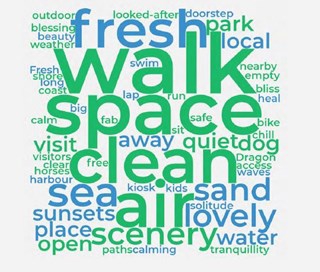
#LuckytoLiveHere
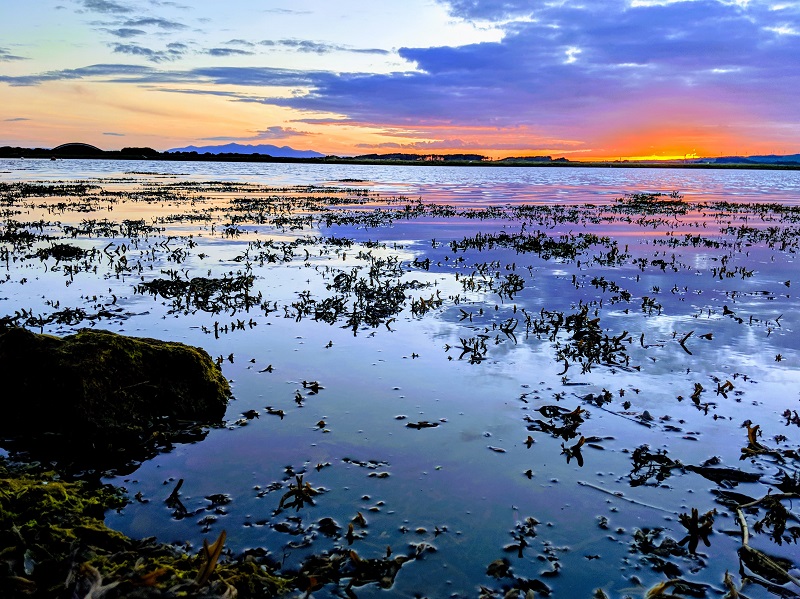
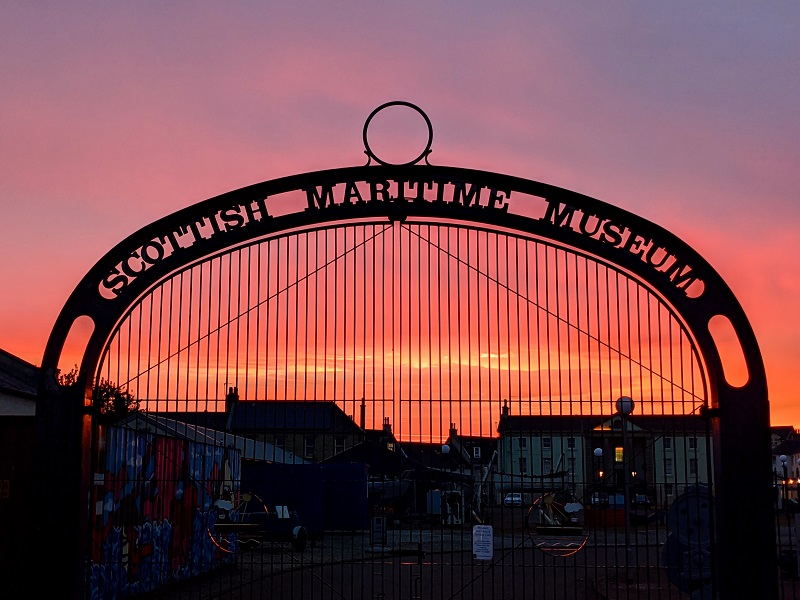
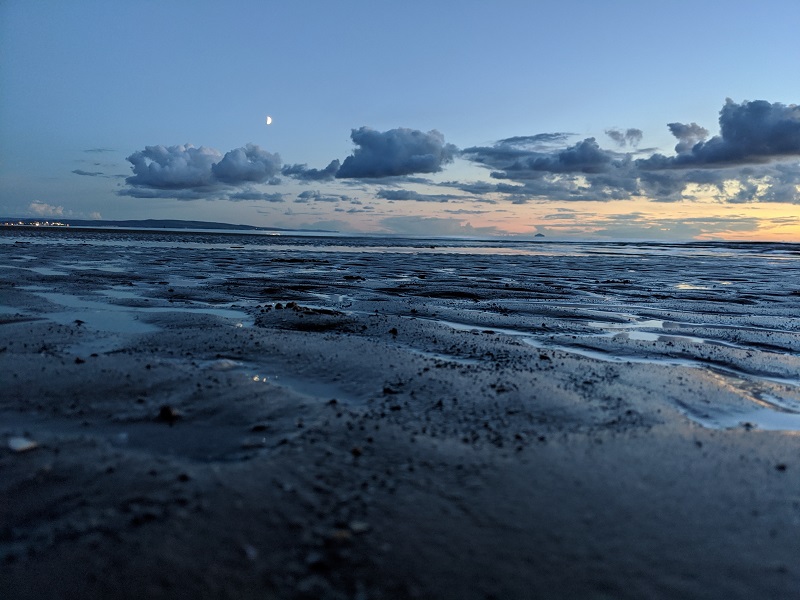
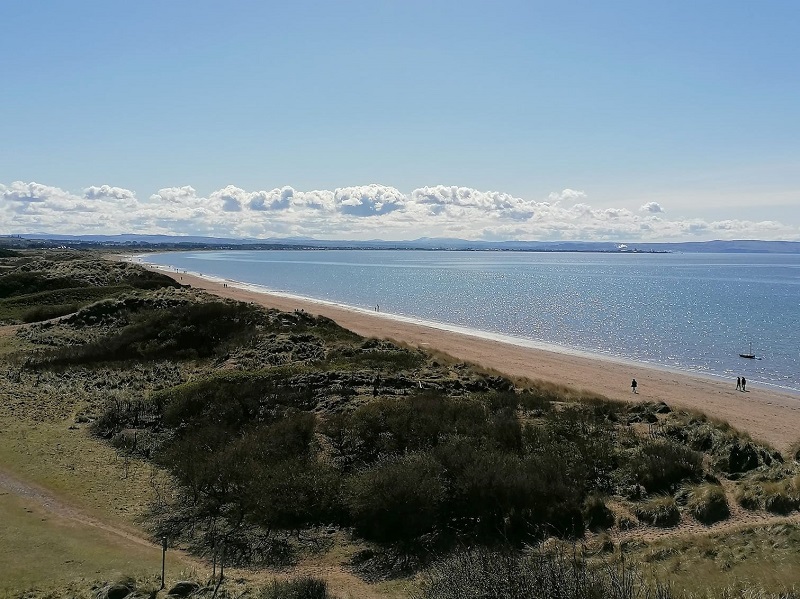
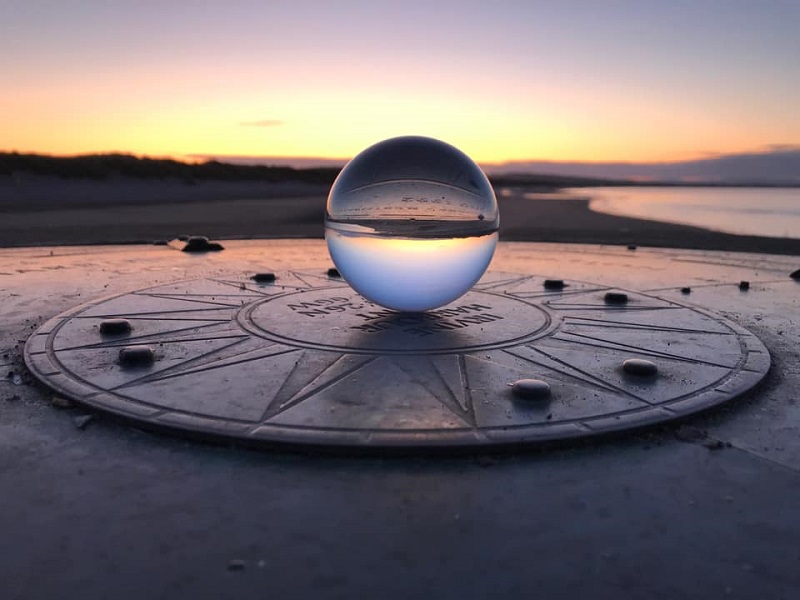
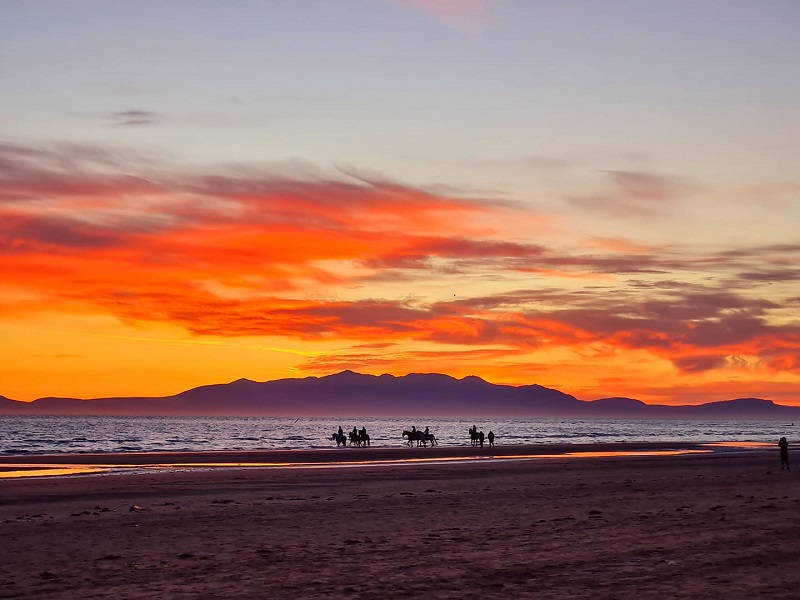

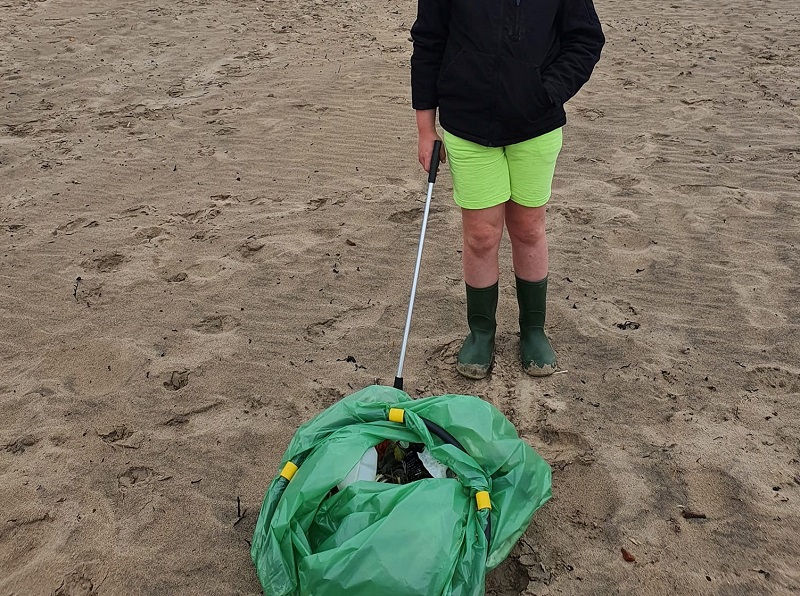

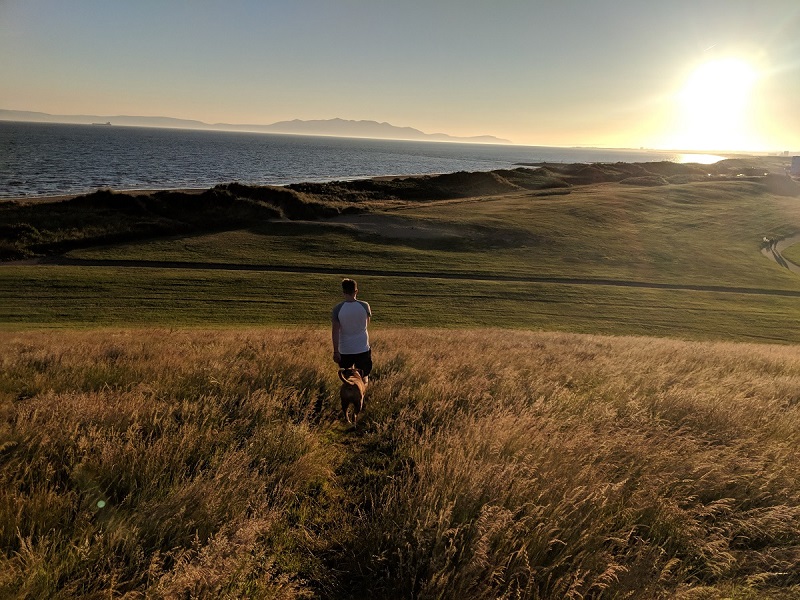
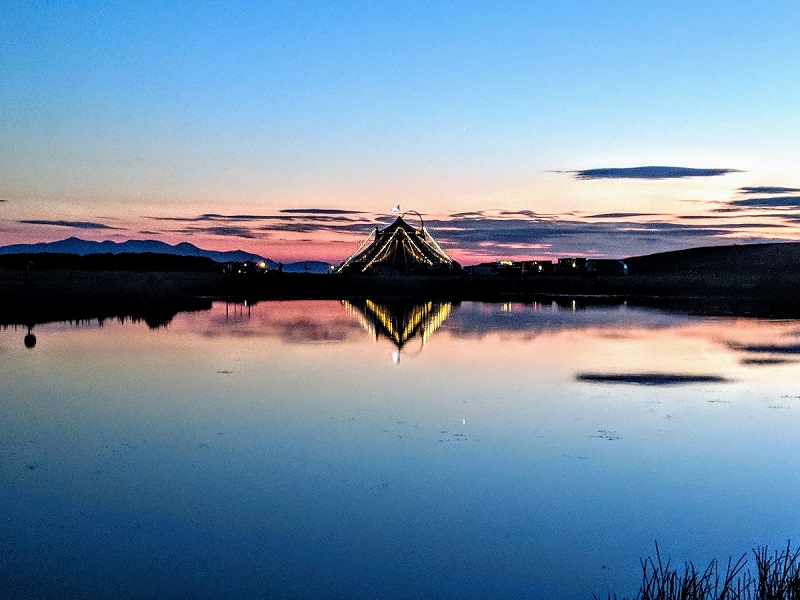
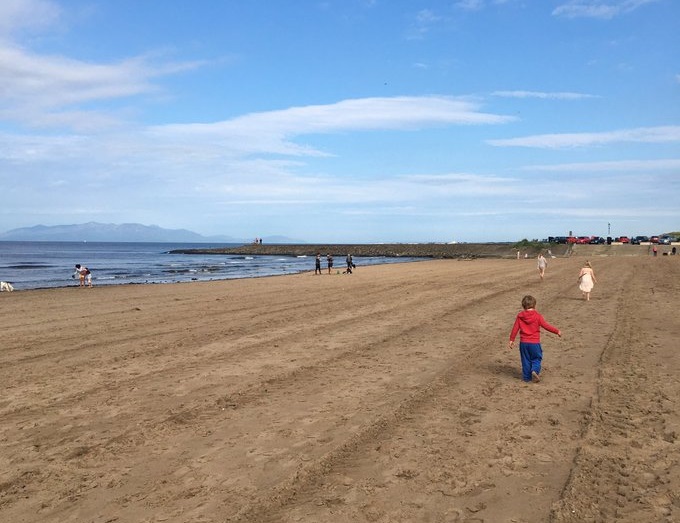
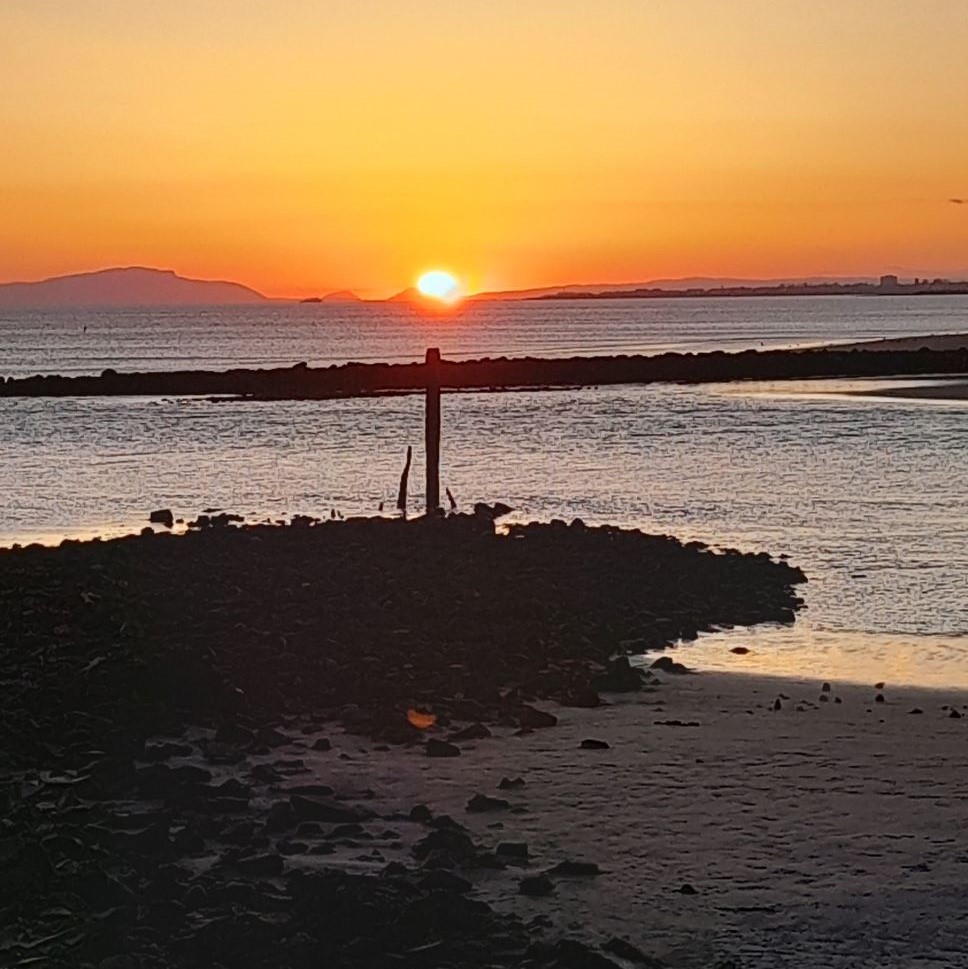
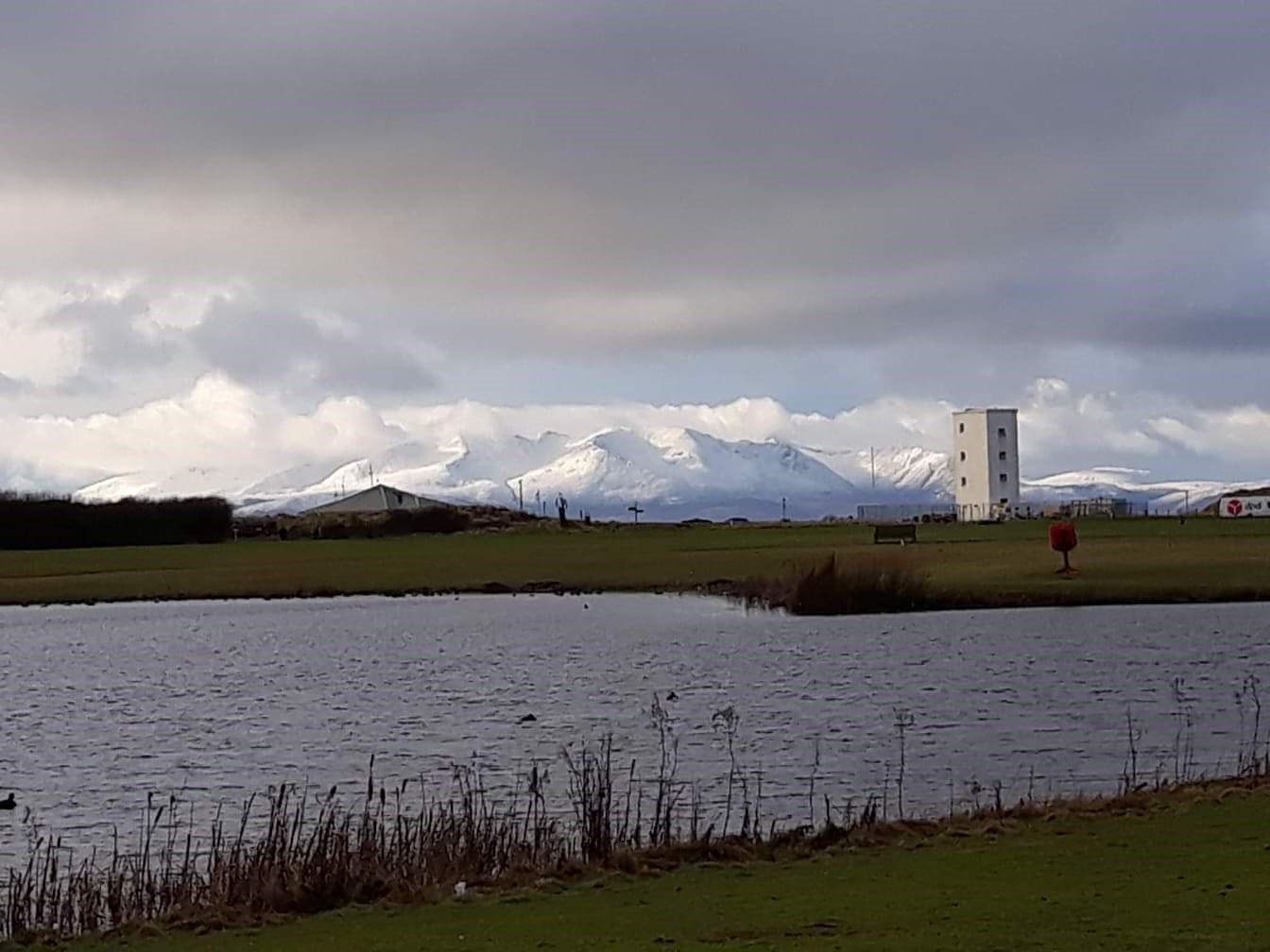
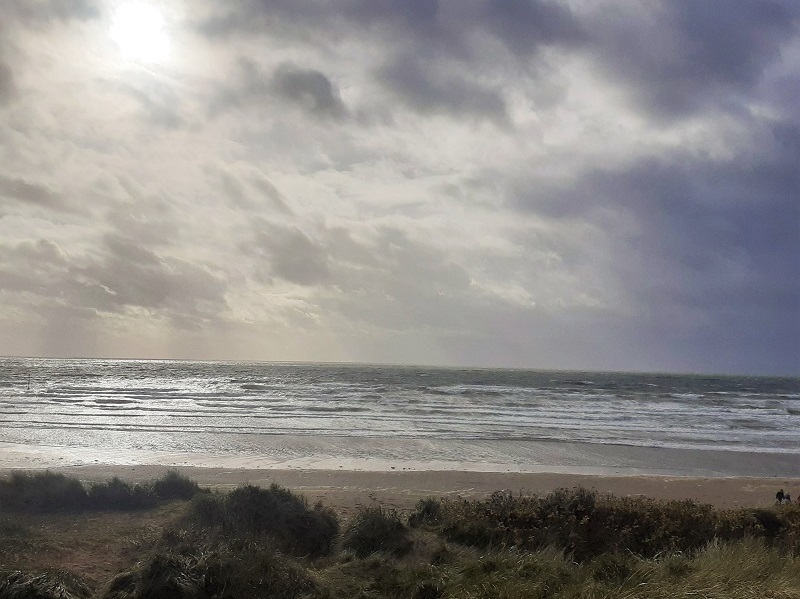
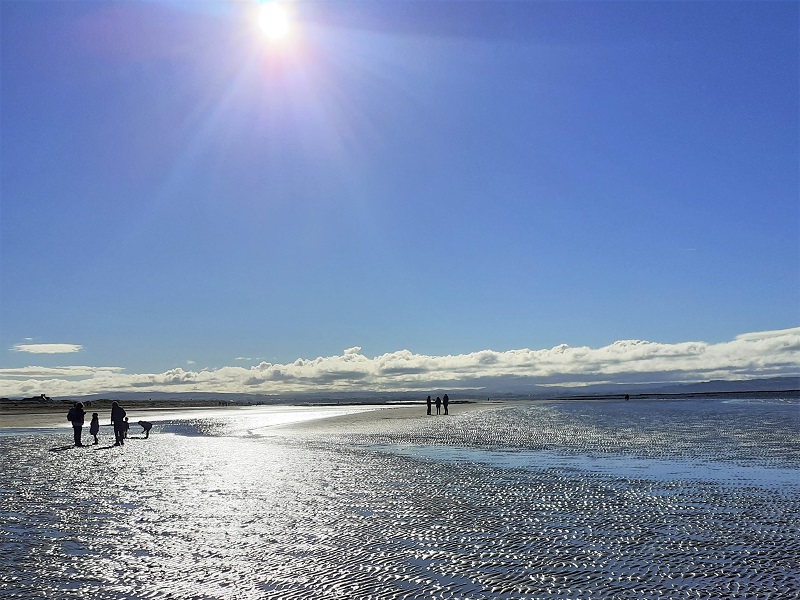
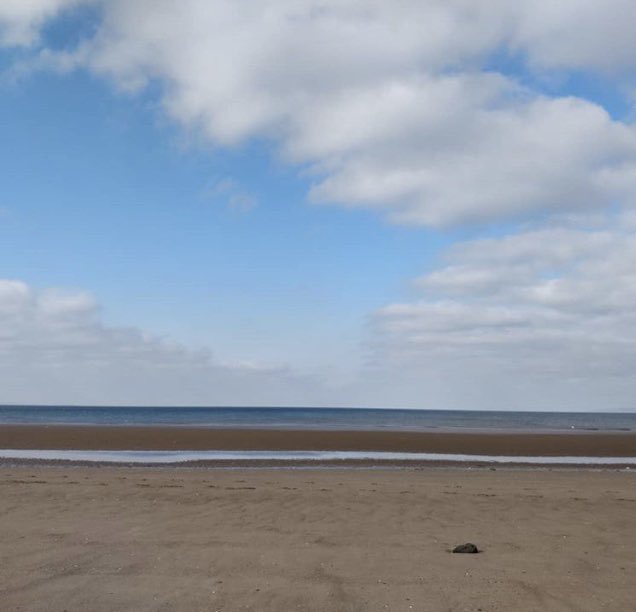
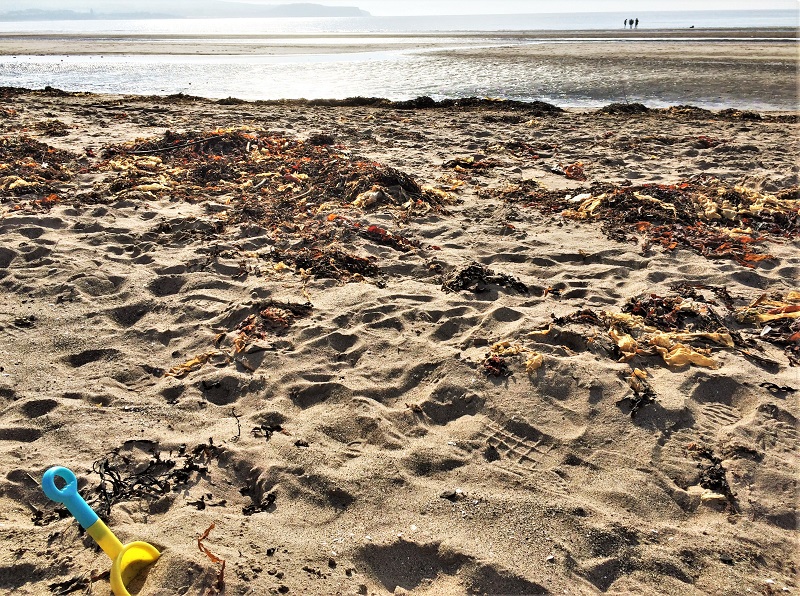
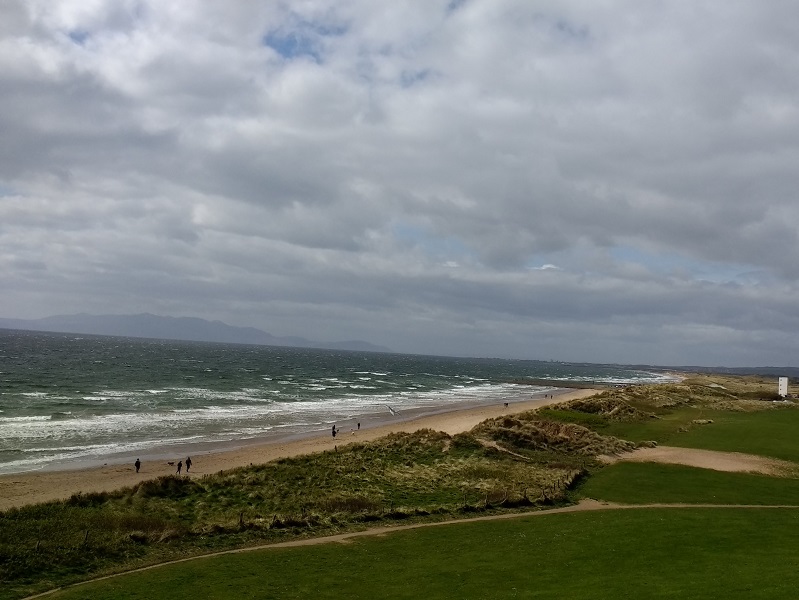
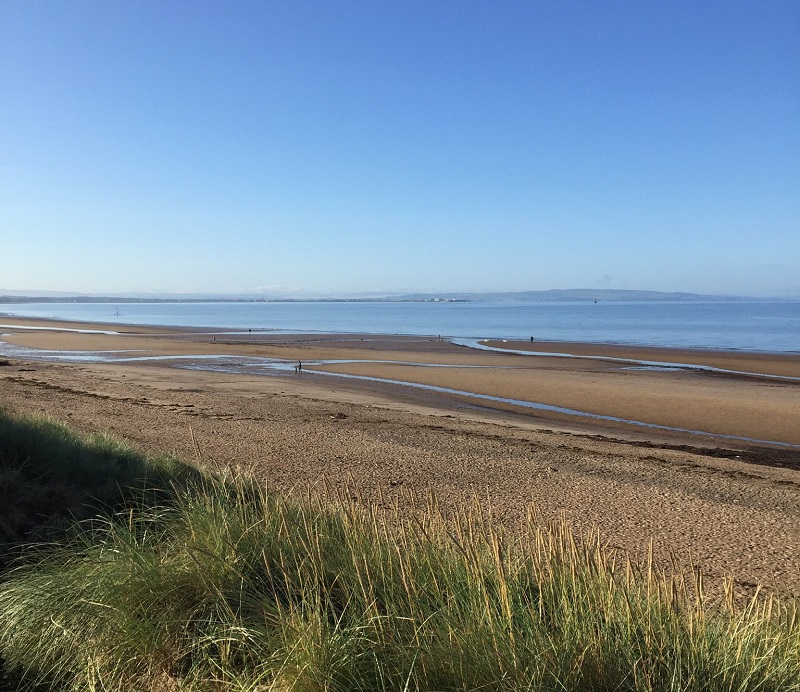
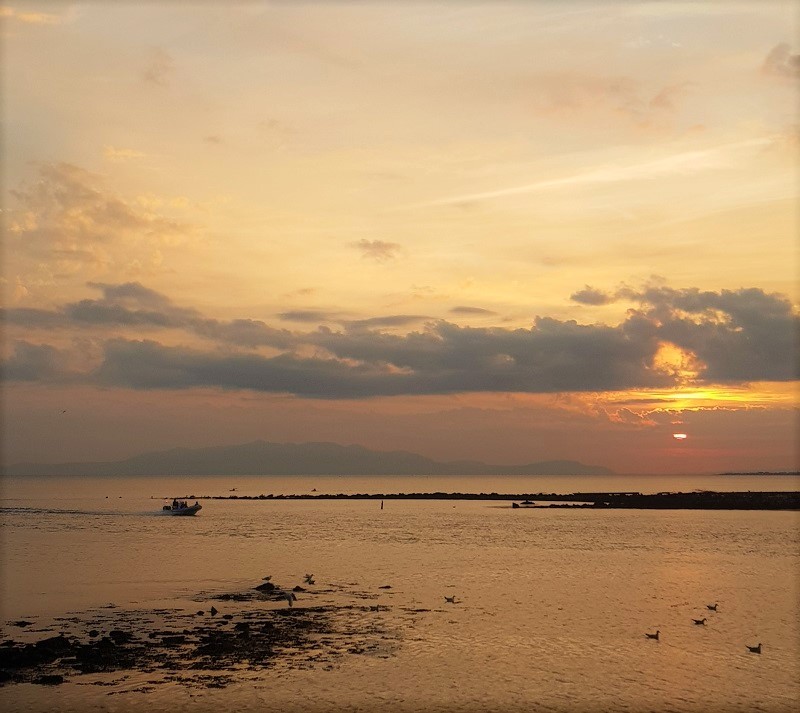
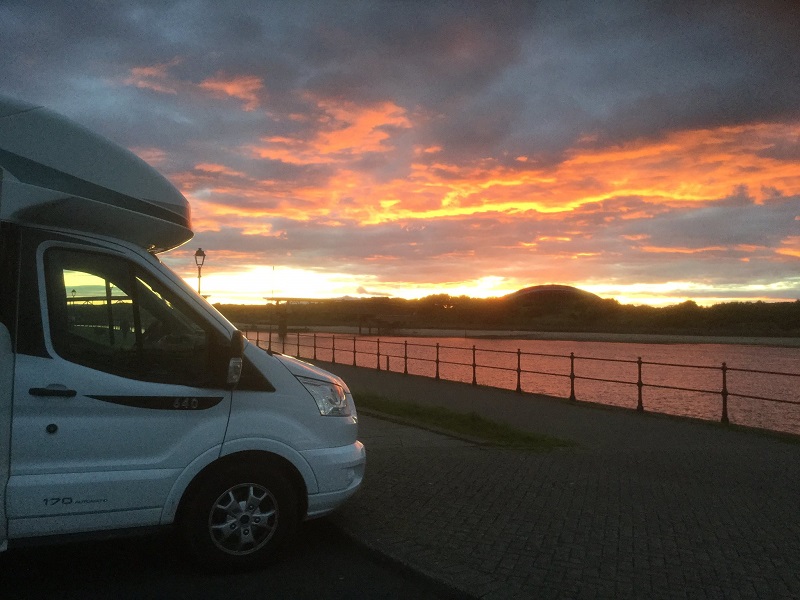

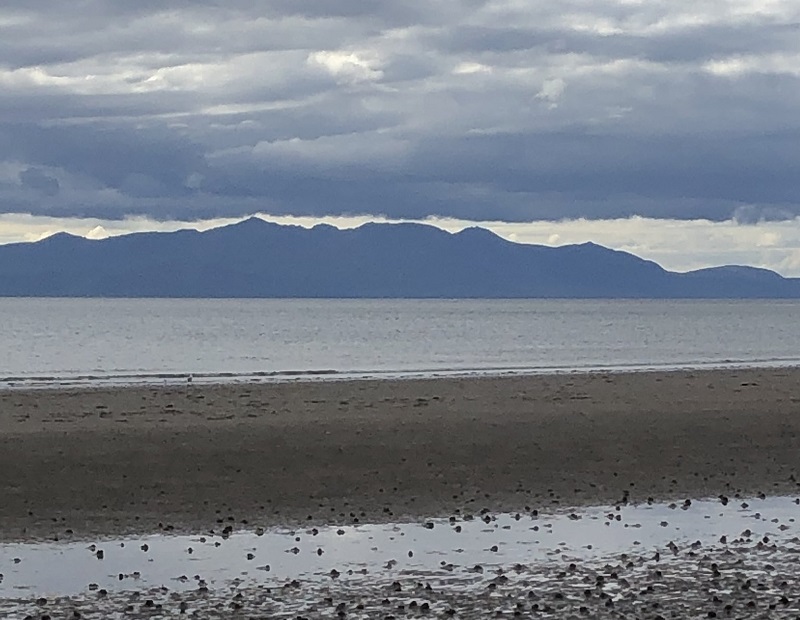
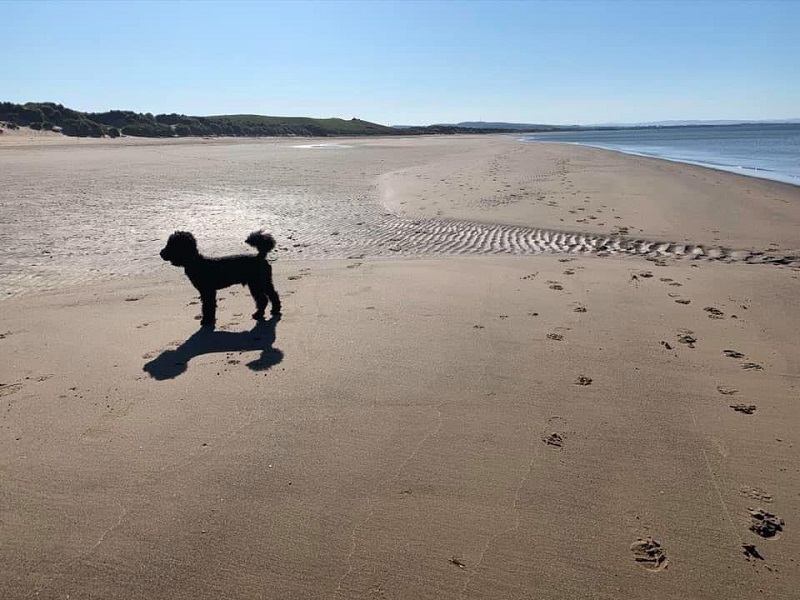
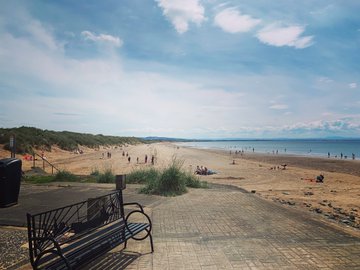
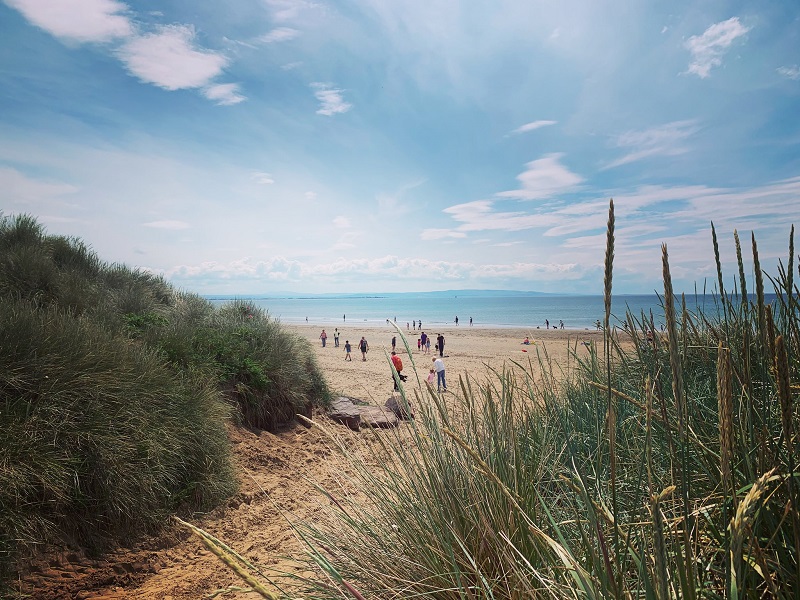
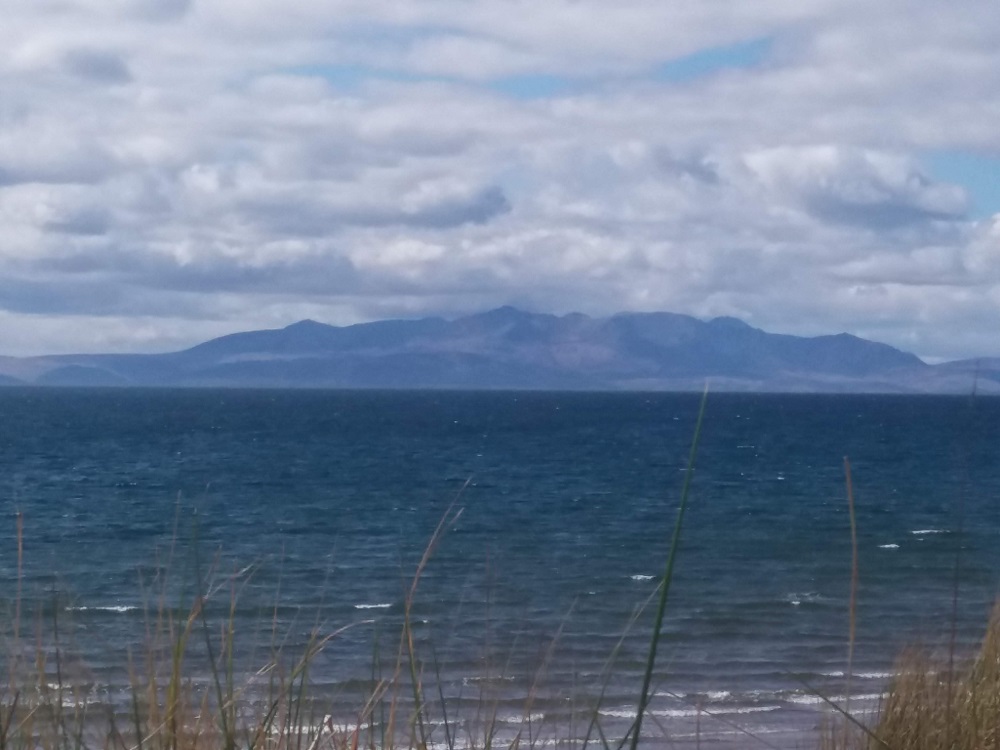
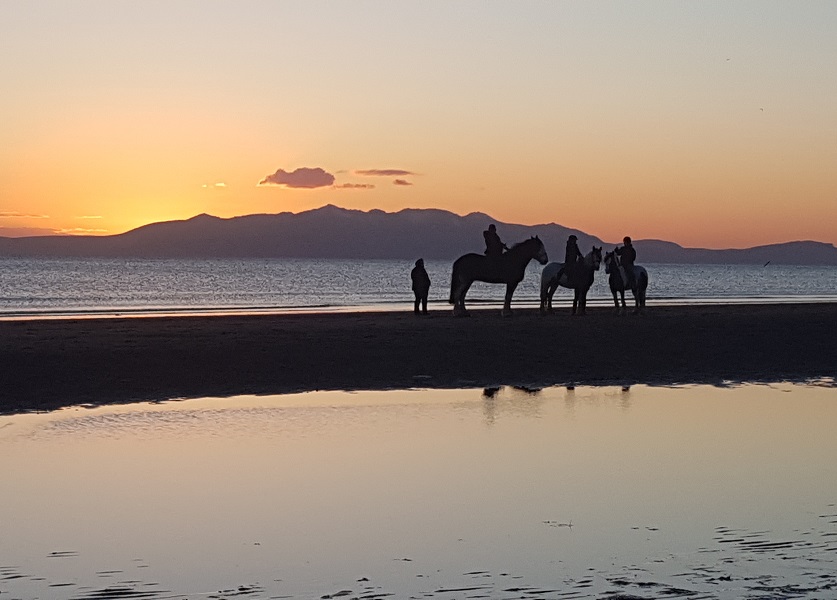
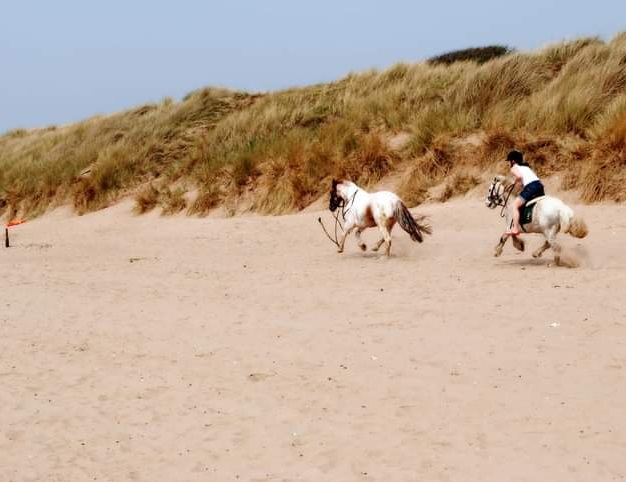
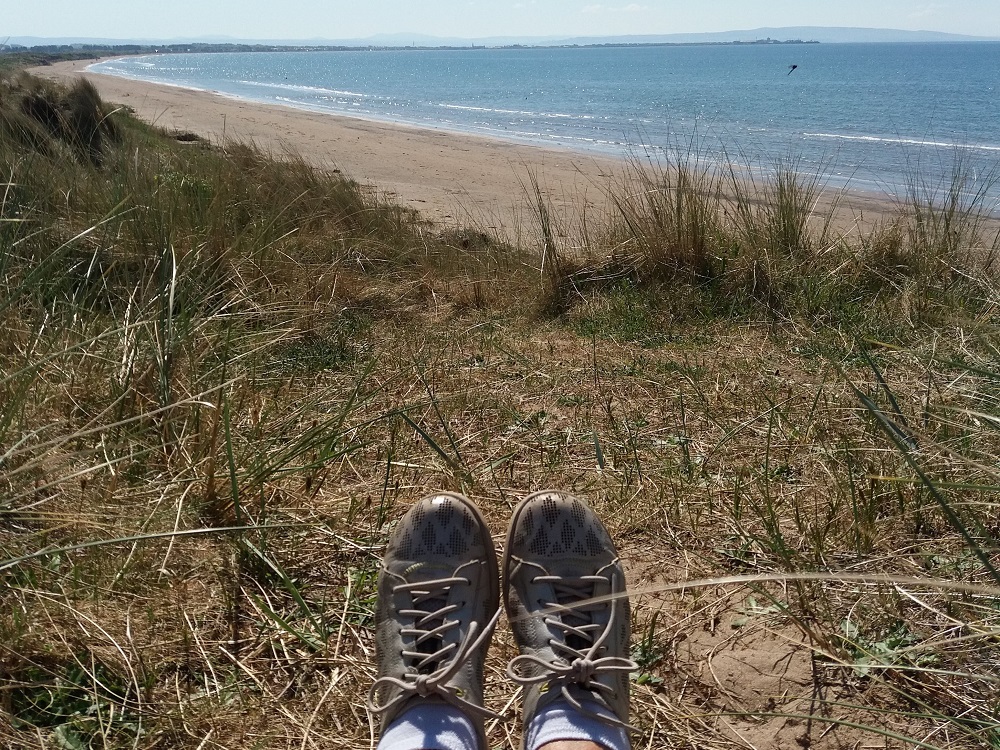
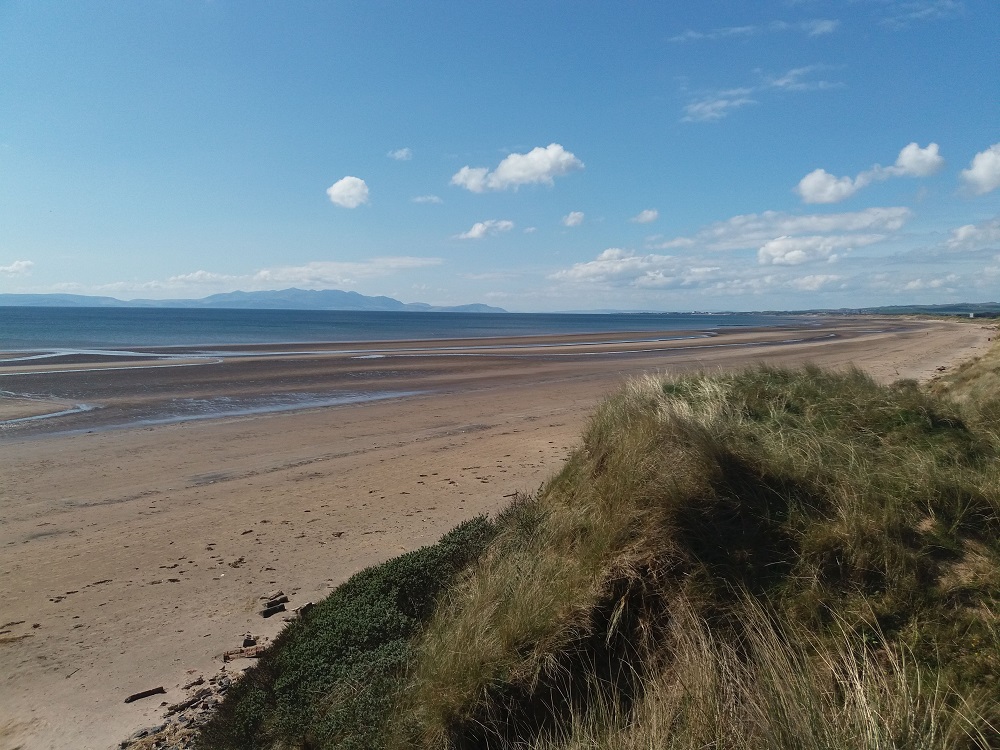
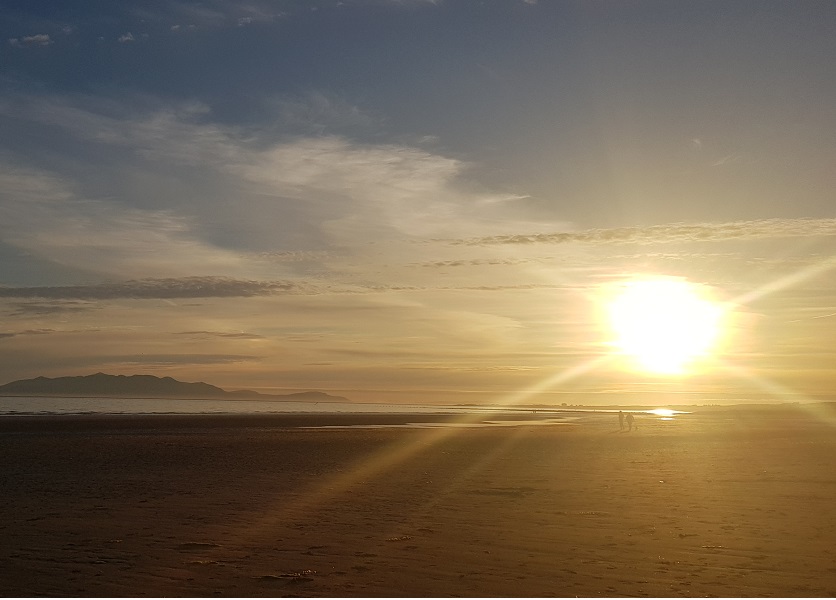
Thank you to everyone who sent in images for the online gallery above for everyone to enjoy.
Let's celebrate Irvine beach!
Environment & place
Irvine is a designated bathing water, shown above in red. Bathing waters are designated where a large number of people are expected to bathe and a permanent bathing prohibition, or permanent advice against bathing, is not in place. Water quality here is monitored during the bathing season by SEPA, with daily forecasts published on their website. SEPA, Scottish Water and the council are always working to improve water quality. To find out more, view the Irvine bathing water profile here.
Beach length: 2.5 km
Tidal zone: 30-240 m from the water's edge
Main tributaries: River Irvine
Catchment area: 732 km2 of land drains into this bathing water
Beach Manager: North Ayrshire Council.
Community information: Irvine Clean Up Crew carry out regular litter-picks and other action to care for the Irvine beach and town. Coastwatch volunteers work 7 days a week to keep the beach safe, providing information for mariners and the public, first aid for everybody, a tuck shop and toilet facilities.
Stay safe at the beach with this advice from RNLI.
Wildlife & landscape
Beaches are great place for us to spend time outdoors, whether walking, pic-nicing, swimming or playing. But have you ever stopped to think who else calls this beach and these waters home?
Basking sharks
These gentle giants are a common sight in the waters off of Irvine beach. Their name comes from a habit of swimming lazily and near the water’s surface in summer months, giving the impression of basking in the sun. In fact, they are feeding, by scooping water into their big gaping mouths and filtering out tiny plankton. They filter around 2,000 cubic meters of water through their mouths every hour!
Sand martins
These tiny songbirds, measuring just 12cm from beak to tail, can be seen in the summer months when they fly all the way from the Sahel region of Africa to nest. You can spot them zipping about, catching insects in mid-air.
As hinted by their name, sand-martins nest in winding tunnels that they bore into sheer banks of sand, out of reach of predators. They are social and tend to nest in colonies, with hundreds of nesting holes close together. One such 'sand martin bank' can be found in the Gailes Marsh, inland from Irvine beach.
Isle of Mann Cabbage
This hardy, scraggly plant adorns the sands of Irvine Beach dunes with pretty yellow flowers in summer months.
Its strong stalk holds it firm against the force of coastal winds. It can reach half a meter in height and nearly a meter in diameter.
Marram Grass
It is hard to picture coastal sand dunes without spikes of Marram grass poking out of them. Unlike the grass on your lawn, this grass is adapted for a hardy life on the coast. If you look closely, the ‘spikes’ are actually rolled up leaves, which protects them from drying out.
Their roots are also important, holding them fast against the coastal winds and, at the same time, helping to keep the very sand dunes that they live on from washing or blowing away.
History & Heritage
The waters of the Firth of Clyde have lapped the Irvine shoreline throughout the ages. Have you ever considered what has changed over the years -and what else might change in the future?
Nobel’s Explosives
With a factory first established in 1871, Nobel’s explosives dominated the beachfront. The site included its own railway station and, at its peak, employed almost 13,000 workers.
The photo shows women working in the 'Blasting Department' c. 1926.
The Pilot House
This curious structure at the start of Irvine beach is part of Irvine’s past as a key harbour,
Invented by the Harbour Master in 1905, this device moved with the tide to signal to signal the depth of water at the harbour and whether it was safe to enter.
Lifeboats
Irvine had a lifeboat service for half a century, from 1861-1914. In this time it operated four lifeboats:
the 'Pringle Kidd' of 1861, the 'Isabella Frew' of 1874, the 'Busbie' of 1887, and the 'Jane Anne' of 1898.
The Dragon
The iconic red sandstone dragon sits coiled atop a hill in the Beach Park, overlooking the Firth of Clyde. Known locally as the Guardian of the Beach Park and Great Protector of Irvine, he’s been in place since the park was redeveloped from an industrial past in the 70s.

